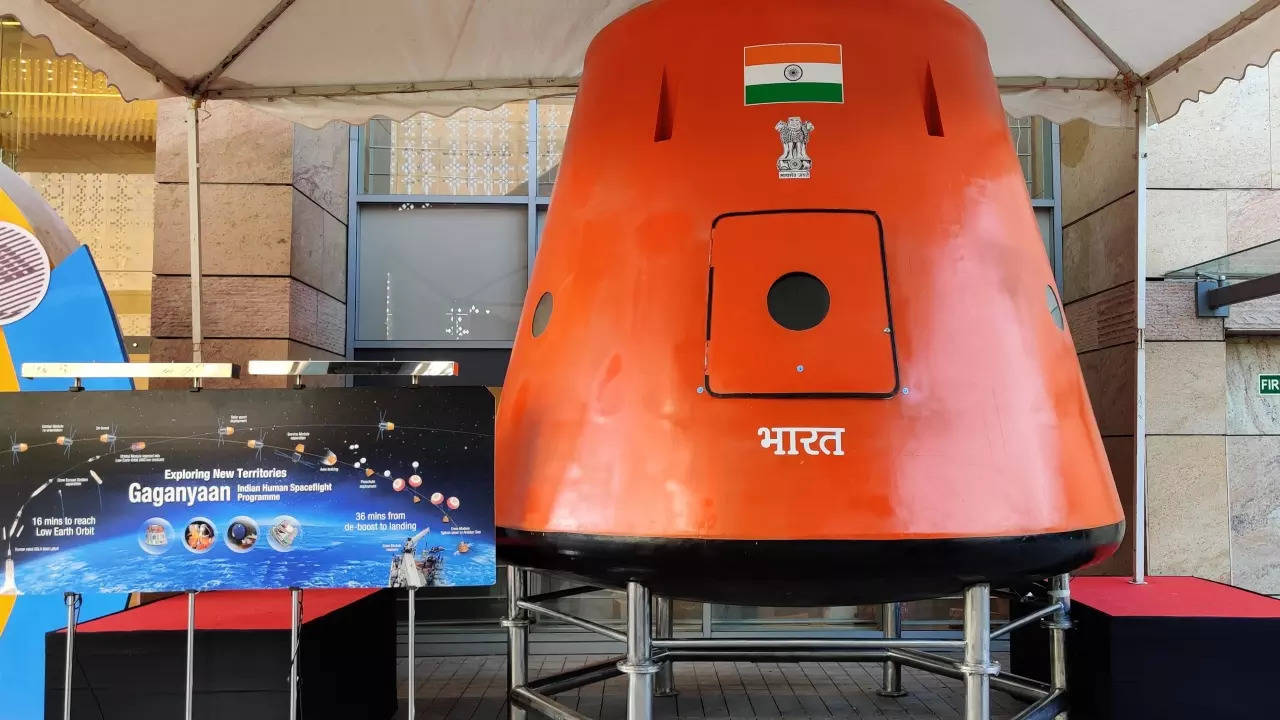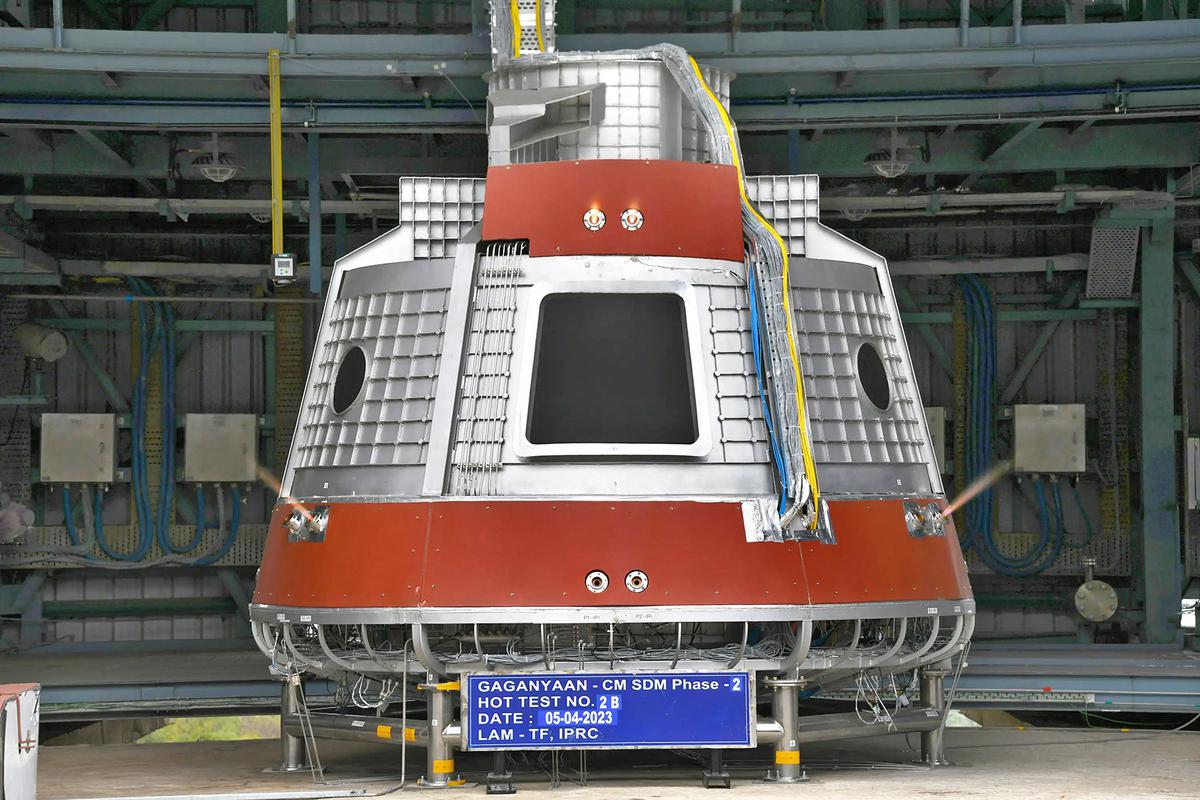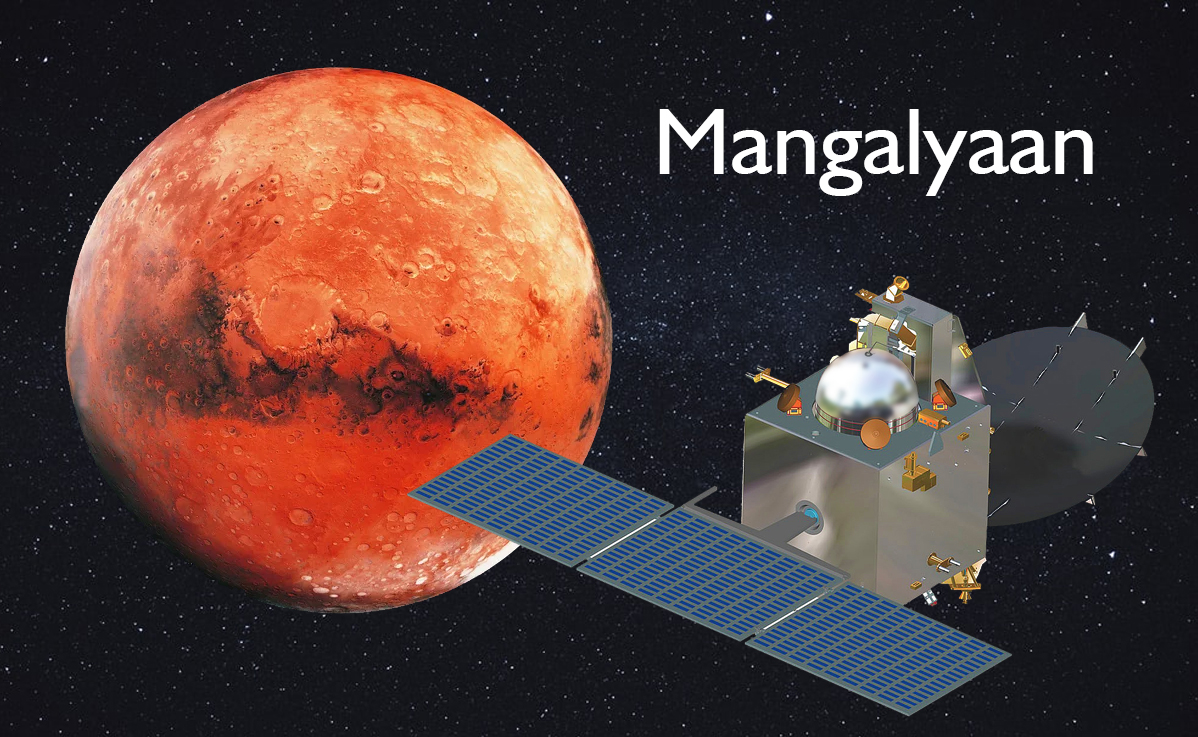ISRO on a Roll: The Thrill of Upcoming Missions Post-Chandrayaan 3

ISRO on a Roll: The Thrill of Upcoming Missions Post-Chandrayaan 3
Somanath gave details about upcoming launch campaigns when he said, “We will shortly launch another PSLV mission, perhaps in August or early September. This year looks to be eventful with the approaching PSLV flight and the incorporation of the Gaganyaan test vehicle.
Following the PSLV-C56 launch on Sunday, ISRO Chairman S Somanath announced several future activities as the space agency gears itself for exciting missions, including a GSLV launch slated for this year.

By launching seven Singaporean satellites into their intended orbits on Sunday with the dependable Polar Satellite Launch Vehicle (PSLV), ISRO accomplished an outstanding achievement.
Somanath gave details about upcoming launch campaigns when he said, “We will shortly launch another PSLV mission, perhaps in August or early September. This year looks to be eventful with the approaching PSLV flight and the incorporation of the Gaganyaan test vehicle.
The goal of the Gaganyaan project is to show off human spaceflight capability. The mission’s primary purpose is to launch a crewed spacecraft into orbit and bring the astronauts back to Earth safely. The Gaganyaan mission is crucial for India’s space efforts in science, technology, and strategy.

India will become the fourth country in the world to undertake its human spaceflight behind the United States, Russia, and China at the successful conclusion of the Gaganyaan mission. The programme is anticipated to create new opportunities for international collaboration, technical development, and scientific study in space exploration. The subsequent generation of scientists and space enthusiasts in India and elsewhere may be motivated and inspired by it.
Somanath, who also holds the position of Secretary of the Department of Space, said of ISRO’s subsequent launches: “We have exciting plans to launch the SSLV in its third developmental mission, as well as the GSLV mission to deploy the INSAT-3DS. For us, this year is jam-packed with activities.
Small Satellite Launch Vehicle is the name of ISRO’s launch vehicle. It is a tiny, affordable launch vehicle that can put small satellites into polar and Sun-synchronous orbits, among other types of orbits. The SSLV primarily intends to meet the rising demand for small satellite launches from local and foreign clients.

In August 2022 and February of this year, the SSLV, the sixth launch vehicle produced by ISRO, completed two development missions.
Following the launch of Chandrayaan-3 on July 14, activity is still humming around at the Satish Dhawan Space Centre. The spacecraft is boosting its orbit in preparation for its planned trip towards the Moon on August 1 after departing Earth’s orbit. On August 23 at 5:47 p.m., a technically tricky soft landing is anticipated on the lunar surface.
It’s a thrilling time to be alive for space enthusiasts around the globe as we approach an era of remarkable space exploration, thanks to the exceptional work being done by space agencies worldwide. The Indian Space Research Organisation (ISRO), one of the leaders in the global space race, is no exception.
ISRO has had a distinguished history of pioneering initiatives, including the Mars Orbiter Mission (MOM) and Chandrayaan 2. Recently, the successful launch and landing of Chandrayaan 3, India’s third lunar exploration mission, further solidified ISRO’s position in the space industry. As we anticipate the troves of lunar data that Chandrayaan 3 will deliver, we must also prepare ourselves for the excitement of ISRO’s forthcoming missions.

First up is Mission Gaganyaan, which is set to be India’s first human-crewed space mission. Scheduled for 2023, Gaganyaan aims to send a crew of two to three astronauts into low Earth orbit (LEO) for up to seven days. The mission’s spacecraft will be placed in LEO, approximately 300-400 km above Earth’s surface, marking India’s foray into human spaceflight. This mission, if successful, will make India the fourth country in the world to send a crewed mission to space, following Russia, the United States, and China.
Following Gaganyaan, we have the Aditya-L1 Mission, marking ISRO’s first expedition to study the sun. This mission aims to gather important information about the solar corona, a layer of the sun’s atmosphere that stretches out for millions of kilometres into the vastness of space. The data will help us understand many mysteries about the sun’s atmosphere, magnetic field, solar flares, and Coronal Mass Ejections (CMEs). The mission, scheduled for late 2023 or early 2024, will place the Aditya-L1 satellite at the L1 point of the Sun-Earth system, giving it a continuous view of the sun.
Next on the docket is ISRO’s venture to Venus – the Shukrayaan-1, set to launch in 2024. Shukrayaan-1 aims to study the dense, hot atmosphere of Venus, as well as the planet’s surface and its interaction with solar radiation. The orbiter will carry more than a dozen instruments to study the Earth, and the mission will contribute significantly to our understanding of Venus’s atmospheric chemistry and geology.
ISRO is also collaborating with the European Space Agency (ESA) for the ExoMars mission set for 2024. We aim to search for any indications of past or present life on Mars. The Mars Orbiter Mission 2 (MOM 2), led by ISRO, will work alongside the ExoMars mission to gather a complete understanding of the Martian atmosphere and surface and search for potential biosignatures.

Another exciting joint venture is the Lunar Polar Exploration Mission, scheduled for 2024. This mission, in collaboration with the Japan Aerospace Exploration Agency (JAXA), aims to land a rover near the lunar south pole, a location never before explored in depth. The mission’s primary objective is to find and understand the distribution of lunar water and its related phenomena.
As the Indian Space Research Organisation (ISRO) forges ahead, these missions reflect India’s ambition to explore space’s uncharted territories. They also highlight ISRO’s readiness to contribute valuable scientific knowledge to the global community. As we look to the stars, it’s clear that the thrill of space exploration is alive and well, promising exciting developments and new insights in the years to come.




